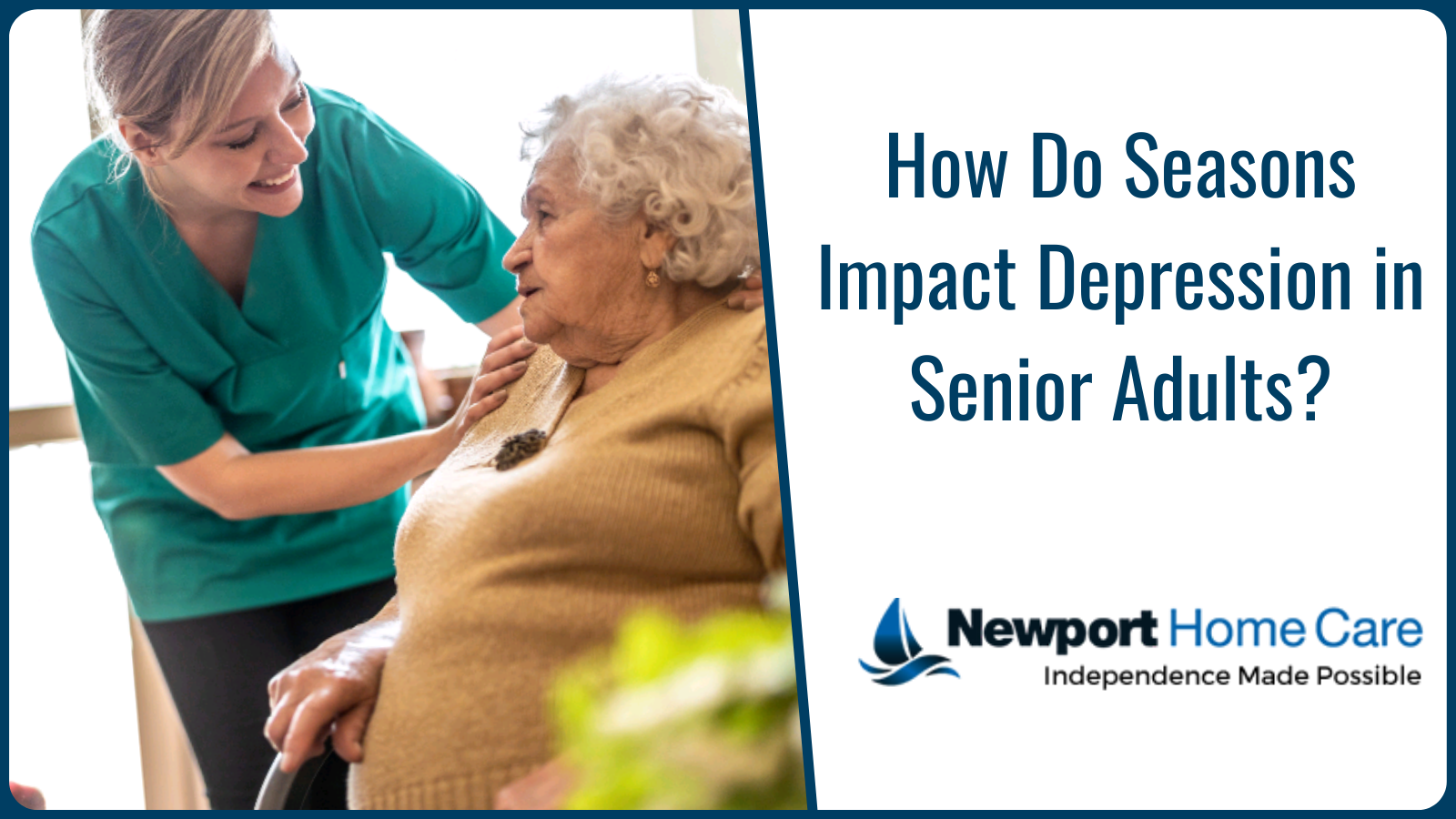The grey days of winter have been associated with a change in moods for many individuals, mainly attributed to a lack of sufficient sunlight. However, newer research has linked seasonal shifts in the northern hemisphere with cognitive performance in older adults and aging parents. The four seasons are known to hold power over our brains, most famously known as a seasonal affective disorder or SAD.
SAD is a major depressive disorder that reflects a seasonal pattern. This form of depression affects individuals living in nations farther from the equator. It’s usually common during winter and tends to resolve by spring. As days start getting shorter, people with SAD experience depression symptoms with gradually increasing frequency. As per the APA, this condition can be caused when lessened sunlight exposure causes a chemical imbalance in the brain.
Causes
Experts are unsure about the causes of SAD. However, as per research, some possible causes include:
- Reduced serotonin production during winter
- Disrupted melatonin levels
- Reduced vitamin D production
Diagnosis
The doctor might ask the patient a few questions to conclude whether or not SAD is the main cause behind the symptoms. Some of these questions that help your doctor diagnose SAD are:
- How long have you been experiencing symptoms?
- Have you had sudden changes in eating or sleeping patterns?
- Can you identify a shift in behaviors and thoughts during various seasons?
- How severe are these symptoms?
- Can you share information on relevant families medical, like a family member suffering bipolar disorder, depression, or other similar affective disorders?
- How do they impact your daily activities?
Symptoms
The symptoms of SAD may appear to be similar to depression. However, the difference is that symptoms develop when winter approaches and resolve around spring. Typically, symptoms start manifesting and revolving around the same time each year. Symptoms are usually mild as autumn advances and daylight hours start declining. The characteristics, severity, and patterns of SAD can vary from one person to another.
The symptoms of seasonal affective disorder mostly include:
- The anxiousness that seems inconsistent with causes or triggers
- Irritability and stress
- Social withdrawal and lowered interest in activities were pleasurable earlier.
- Difficulty in concentrating
- A feeling of worthlessness and guilt
- An increase in appetite
- Difficulties in decision-making
- Lowered concentration
- Consistent low mood
- Restless activities like pacing
- Crying without a trigger
- Suicidal thoughts
- Reduced libido
- Weight gain from overeating
- Feeling fatigued despite a full night’s sleep
- Oversleeping
How Can You Cope with Seasonal Affective Disorder?
Treatment for seasonal affective disorder usually includes psychotherapy, light therapy, and medications. If you have bipolar disorder, dementia, or similar disorders, you need to discuss about them with a mental health professional and health care provider.
Six habits to enhance cognitive function include:
- Seeking adequate medical help and sticking to the treatment plan
- Engaging in physical activities and maintaining a regular workout routine
- Maintaining a healthy diet
- Establishing social connections
- Practicing mindfulness meditation
- Playing brain-training games
- Getting enough sleep
- Managing the chronic stress
- Exposure to natural sunlight might help to relieve the symptoms to some degree
What Are the Challenges Caregivers Face?
Some of the common challenges caregivers face are:
- Isolation – Caregivers and patients both often feel disconnected from the larger society
- Stress – Taking care of a loved one suffering from SAD and being responsible for their health can turn out to be stressful.
- Financial burden – Sometimes, if caregivers don’t have a steady income to support the treatment and their household expenses, they can also be under great financial pressure, which is often overlooked.
- Watching Your Loved One Suffer: Caregivers might find it hard to see their loved one suffer, and the patient may not always respond well to help.
See Also: 4 Reasons of Caregiver Stress and How to Address Them.
How to Deal with These Challenges?
To help manage challenges caregiver faces, they can:
- Try to accept help
- Focus on what they can provide and set realistic goals
- Join a support group.
- Set personal health goals
- Seek help from a mental health specialist if needed.
- Remember that if your loved one doesn’t respond to or rejects help, it’s not personal and that they need patience and care.
Since depression occurs in several forms, the physician may need time to diagnose SAD. No laboratory or medical test is available to diagnose it. However, the physician may order some diagnostic tests, including blood tests, to rule out illnesses or any other underlying condition.
Call Newport Home Care today if you are looking for a senior care facility near your home or home care in Orange County.


